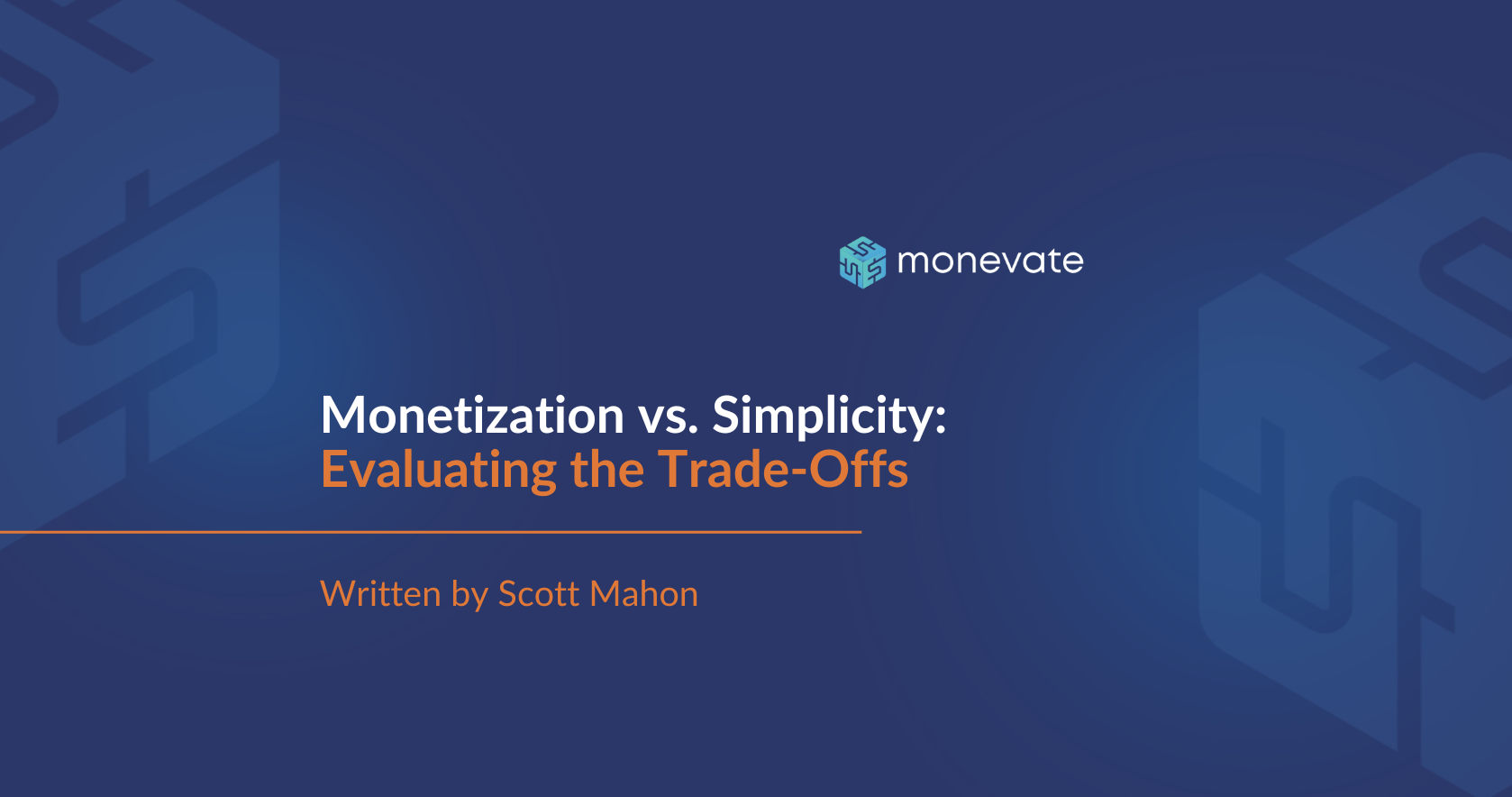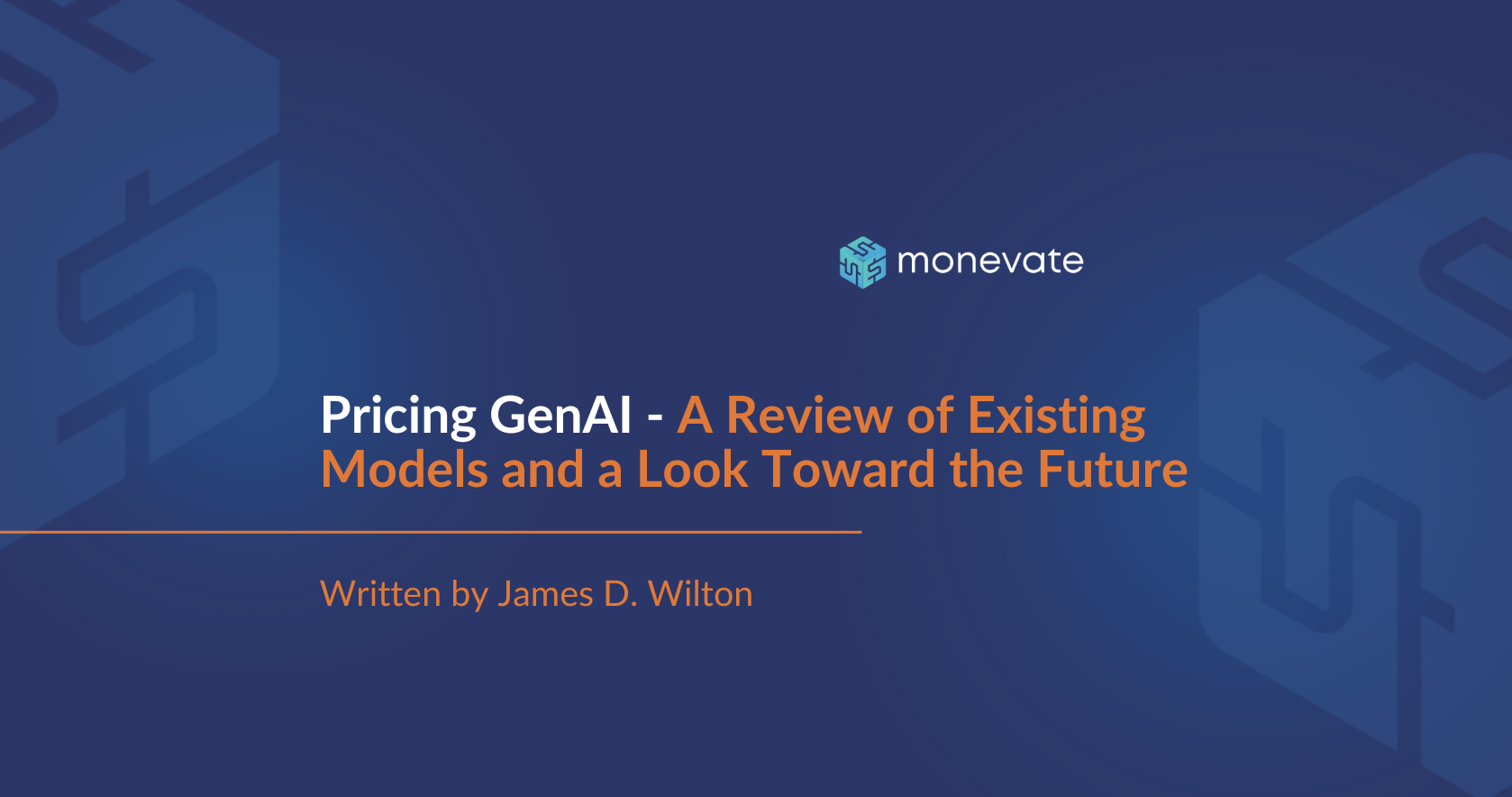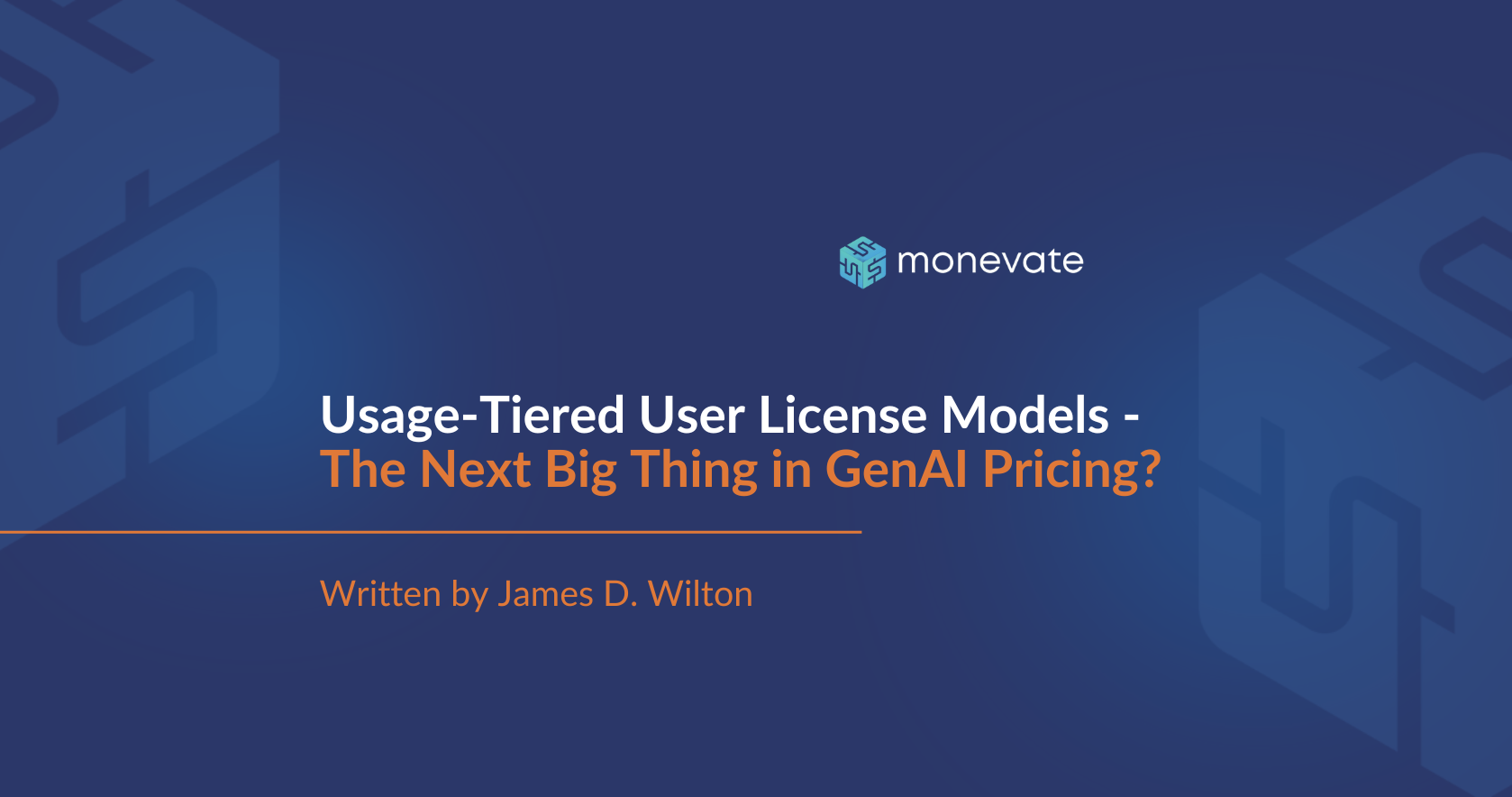Pricing Everywhere All at Once
I love TV. Not trashy, “let me see what’s on” TV. I’m more for the high production quality comedies and drama. #classy
I also love pricing. As you can imagine, combining these two loves is somewhat difficult. If you’re a lawyer, a policeman or a doctor, you are completely spoiled for vocationally relevant output. There aren’t many shows about pricing strategy.
This all means that, as a pricing strategist, you really have to take your inspiration from nontraditional sources. And, maybe it’s because I live and breathe this stuff, but I actually think there’s a slew of pricing-relevant content out there, tucked away within shows like ‘The Sopranos’, ‘Mad Men’, ‘Parks and Rec’ and even ‘The Last of Us.’
Still skeptical? Let’s review:
The Last of Us: “You have to kill me” – Anna (Ellie’s mom)

We’re still all recovering from this. In this episode we learn how Ellie gained her immunity and lost her mother in Episode 9’s cold open. And it was a very cold, cold open.
Anna: You have to kill me.
Marlene: I can’t.
Anna: You have to.
This grim scene makes reminds me of how people think about their old pricing strategy after launching a new one. In order to capture value from it, especially if you have a large initial base, you have to migrate customers over from your old one, which implies not honoring the old structure anymore. It can feel very scary – and you can phase the transition after you have some new customer “success stories” to boost confidence – but there is no reward without risk.
Ellie, Anna’s baby, wouldn’t have had chance to live if Anna had stayed with her. And your new pricing strategy won’t ever truly live up to its potential if you keep the old one.
Parks and Rec: “Never half-ass two things. Whole-ass one thing.” – Ron Swanson.
Ah, Ron. When he’s not trying to bring down the government from within, he’s dispensing sage wisdom to his friends. In this case, convincing Leslie to put all her efforts into running for city council and not trying to do two things at once.
He may as well have been talking about giving your customers options for the pricing model they want. Executives often think some customers want to pay by usage, and others want to pay by users, so why not just let them choose? But this is rarely a good idea because
(a) the customer usually chooses whatever option will result in the lowest prices for them, and
(b) you never get never get to put a firm stake in the ground on how customers should perceive your value, which is one of the most important things your pricing model can do for you. Ideally, your pricing strategy and value proposition should be self-reinforcing. How can you do that if you’re non-committal about your pricing model?
The one exception I’d made to this if you are using a “dummy” pricing model to make your core model seem more attractive. For example, it’s often a good idea to offer a “outcome-based” option alongside a traditional subscription, because the customer sees that if the product performs how they expect it to, they’ll pay more on the outcome-based model, and the subscription is therefore a good deal. Importantly, in this situation you still need to know what your preferred model is.
Remember – having every pricing strategy is the same having as having no pricing strategy. Whole ass one thing!
Sopranos: “People only allow you to see what they want you to see” – Jennifer Melfi
Dr.Melfi tops the TV league tables for sociopath enablement. In this clip, she’s helping Tony realize that, even though he’s not feeling on top of things, he doesn’t have to let people know that. Act as if.
This made me think about simplicity in pricing structures. There’s always a trade off in pricing structures between simplicity – so that customers can understand the pricing – and granular monetization – so we can price differentiate effectively. In growing companies, the desire for customer acquisition, facilitated by simplicity, is so great that they often opt for over-simple structures than leave a lot of value on the table.
This isn’t always necessary. Just because you have complexity in your pricing strategy doesn’t mean it’s always all shown to the customer. For instance, if I’m primarily setting price by number of users, but I change the price per user depending on the industry segment they are in, there’s potentially a lot to take in. But you don’t need the customer to see the full grid. Once you know their industry, you can just show them the price per user. It’s about controlling the optics of the pricing to give you the best of both worlds – simplicity for your customer, value capture for you. Perhaps Dr. Melfi would have made a better pricing strategist than a psychiatrist.
Mad Men: “Make it Simple but Significant” – Don Draper
Don Draper was the master of succinct powerful statements. Lifting too much from Don would perhaps be cheating for this article because both advertising and pricing could be considered to be closely related as elements of marketing. But in this case, he was talking about his drink order(!) so I feel ok with it.
This is a *great* line for packaging. If you look at typical SaaS pricing pages, you’re hit in the face with a gluttony of check marks, representing which features are included within each tier. Such information overload can be super confusing and make it hard to understand why it would be beneficial to you to upgrade to the higher tiers.
Ideally, what you want to do is build your tiers around a simple but significant difference in value delivered. Whittle it down to its bare essentials. That way you can drive people to the package that makes sense to them based on what they’re trying to achieve, or who they are. For a deeper dive here’s an article I wrote for Monevate on common packaging pitfalls.
Better Call Saul: “Confidence is good. Facts on your side, better.” – Chuck McGill

I haven’t forgiven Chuck for what he did to Jimmy, or “Saul” as he became. But – you had to give it to him – he did drop the odd pearl. And this quote about getting data and facts works in many places, not least of which is when it’s time to explain your new pricing strategy to your sales reps.
When you change your pricing strategy or raise prices, it’s like a house of cards. If a customer pushes against it, and your sales reps don’t have the facts and data to justify the change, the whole thing comes tumbling down. Your salespeople will assume the changes were poorly baked. They won’t stand their ground, and you can look forward to approving a whole bunch of discounts.
Unfortunately, it is incredibly common for executives, upon changing pricing, to just give the sales reps the “answer” without giving the detailed fact base. “Why bore them with the details?” Being told you can raise price by 10% feels a lot less trustworthy than being shown that customer willingness-to-pay, sourced via the comprehensive research we did, supports a 10% price increase. If your sales team is armed with all the justifications and data, it’s a much different conversation with the clients, and your house of cards becomes a house of.. um… bricks or something.
You can read more about this in my post for Forbes here.
That’s just a sample of some of the things that I’ve seen lately. If you think I’ve missed any obvious ones, or perhaps see pricing inspiration in movies or songs, drop me a note at james.wilton@monevate.com and I’ll include them in a future post.














